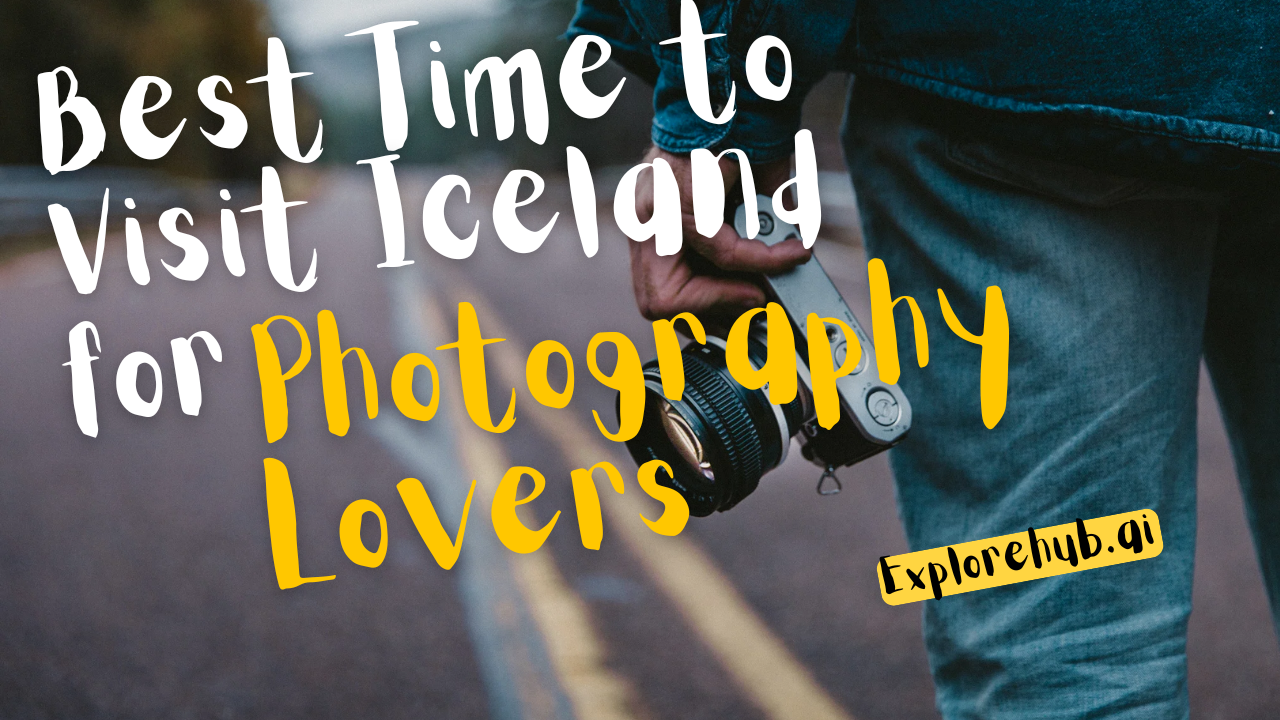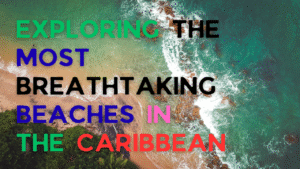Iceland is a dream destination for photography enthusiasts. From the breathtaking Northern Lights to the stunning waterfalls, glaciers, and rugged landscapes, Iceland offers unparalleled opportunities for capturing nature at its best. However, when is the ideal time to go? The answer depends on what you want to photograph. Let’s dive into Iceland’s seasons and explore the best times for photography lovers to visit.
Table of Contents
Understanding Iceland’s Seasons
Winter (December–February)
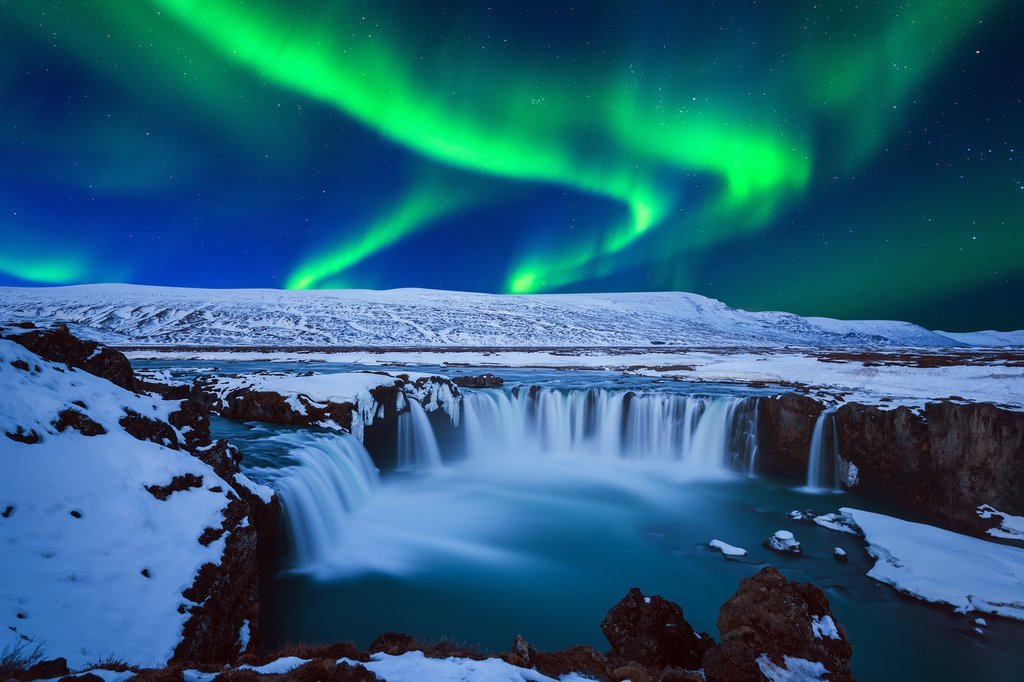
Winter in Iceland is magical, with snow-covered landscapes and the mesmerizing aurora borealis. However, daylight hours are short, and weather conditions can be extreme.
Spring (March–May)
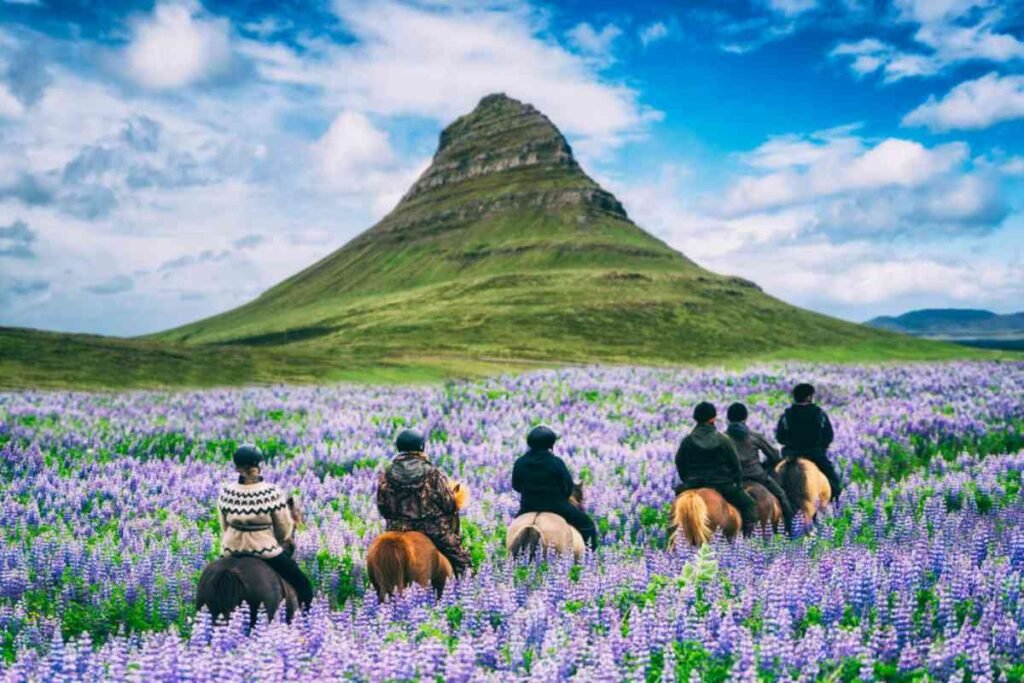
Spring offers a mix of winter landscapes and blooming greenery, making it a great time for varied photography. It’s also less crowded than summer.
Summer (June–August)
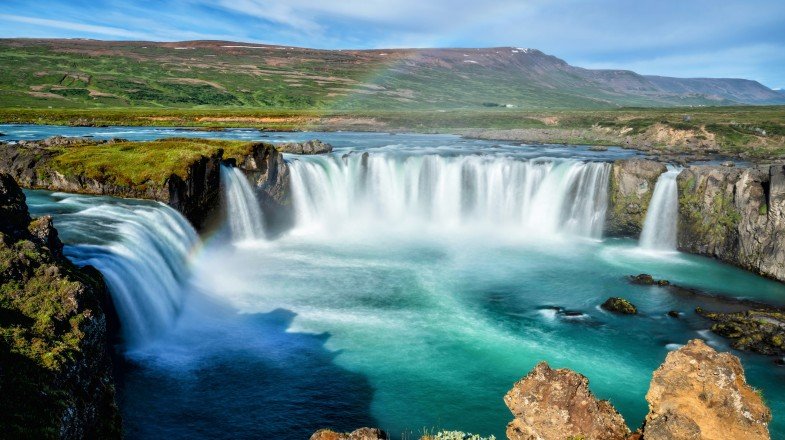
The summer months bring the midnight sun, long golden hours, and lush green landscapes. This is the best season for road trips and wildlife photography.
Fall (September–November)
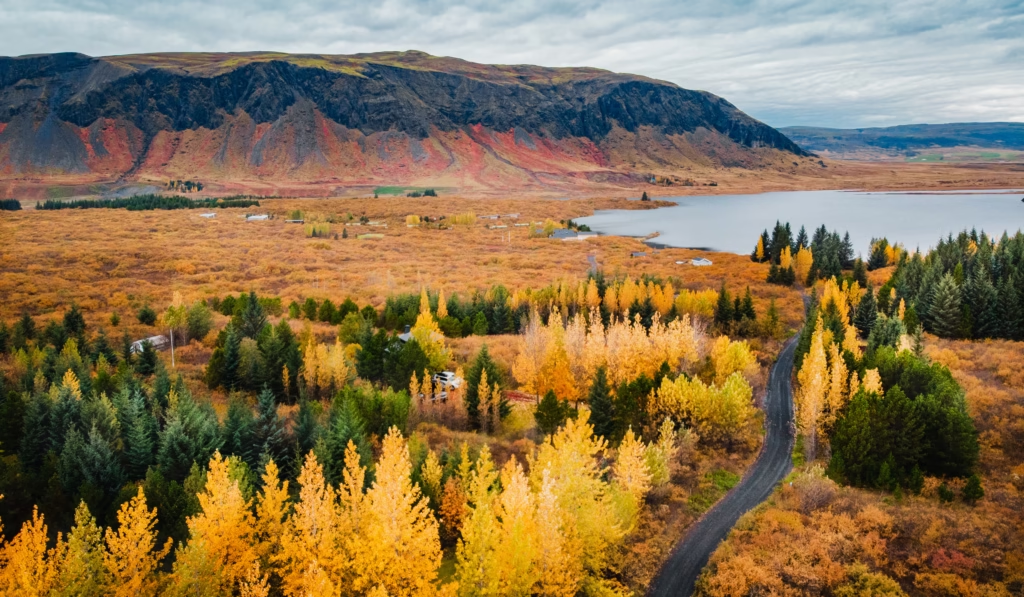
Autumn in Iceland brings stunning fall colors, fewer tourists, and a chance to see the Northern Lights return.
Best Time for Northern Lights Photography
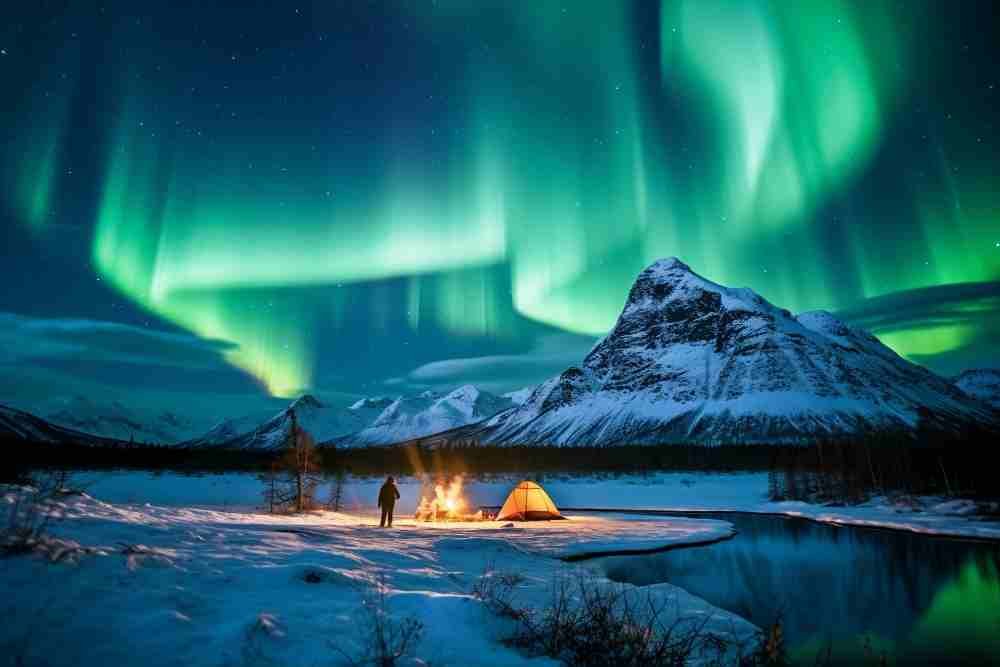
The Northern Lights are best captured between September and April when the nights are darkest. The best locations include Thingvellir National Park, Kirkjufell, and Jokulsarlon Glacier Lagoon. Use a tripod and long exposure settings for the best shots.
Best Time for Midnight Sun and Golden Hour
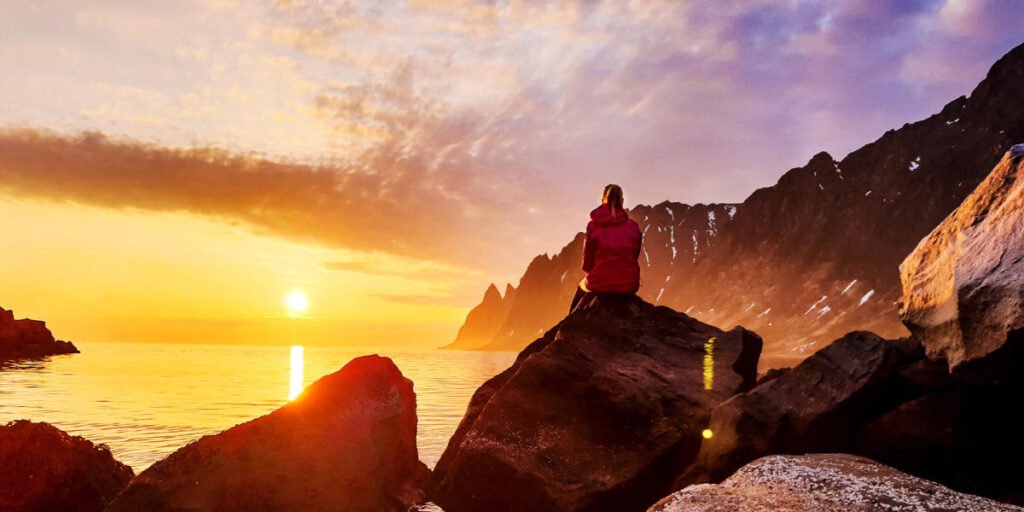
For photographers who love soft golden light, June and July are the best months. The midnight sun provides extended golden hours, creating stunning landscapes. Head to Vik’s black sand beaches, the Westfjords, and Godafoss waterfall for the best compositions.
Best Time for Ice Caves and Glacier Photography
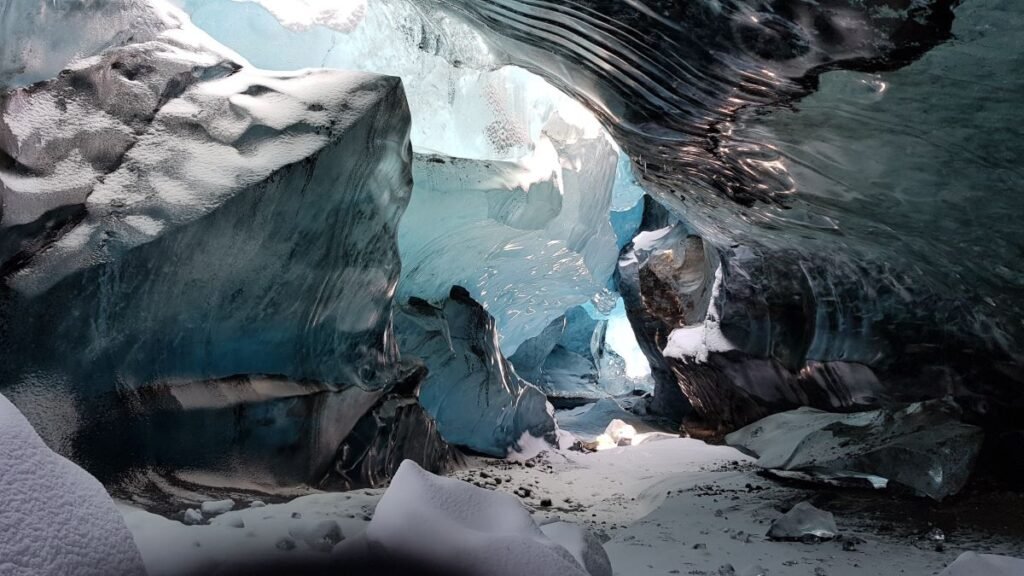
If you want to photograph Iceland’s famous ice caves, visit in winter (November–March). The best caves are found in Vatnajökull Glacier. Always go with a guided tour for safety.
Best Time for Waterfalls and Landscapes
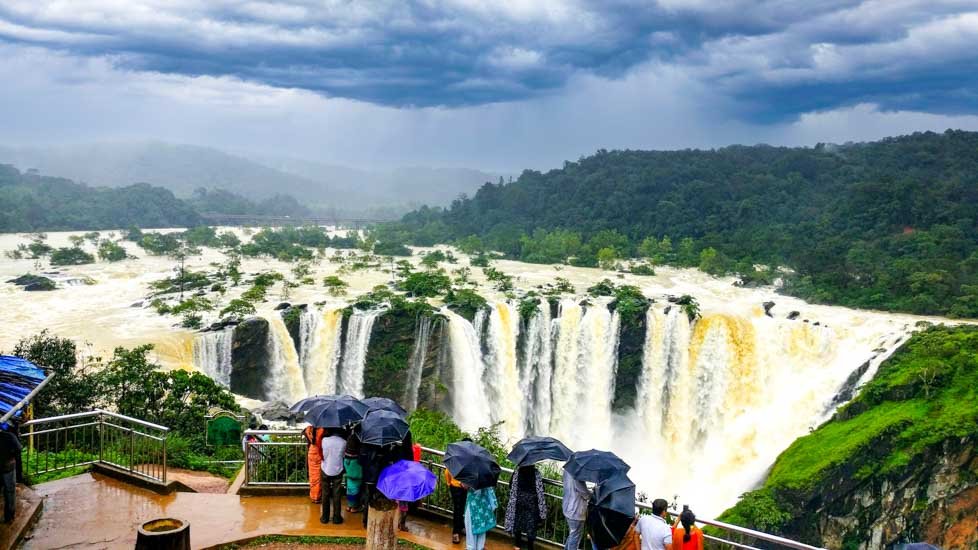
Each season changes the look of Iceland’s waterfalls. Spring and summer are great for lush, flowing waterfalls, while winter turns them into icy wonders. Don’t miss Seljalandsfoss, Skogafoss, and Gullfoss.
Best Time for Wildlife Photography
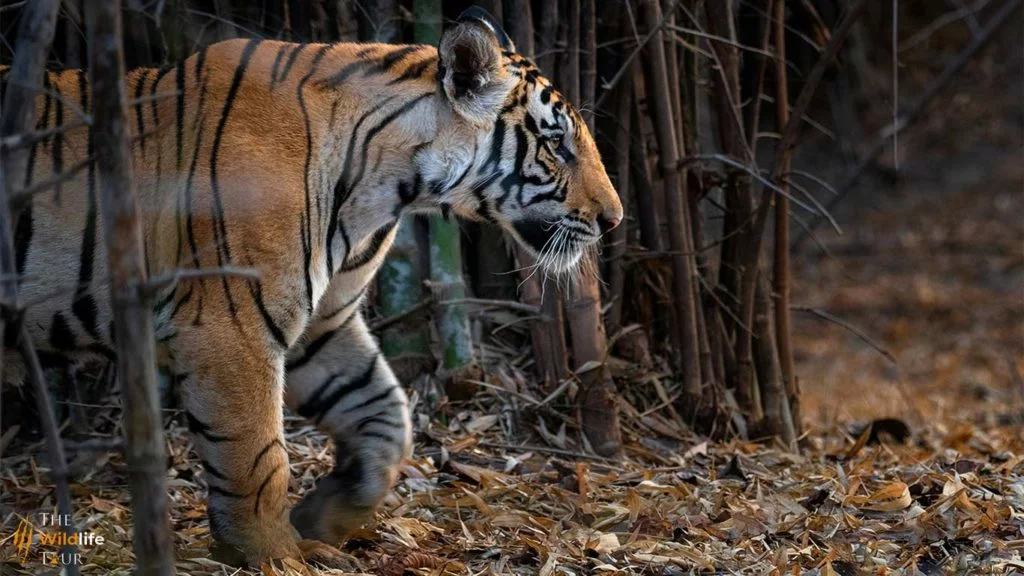
If you love wildlife photography, visit Iceland in summer (May–August) to see puffins, Arctic foxes, and whales. The Westman Islands and Látrabjarg Cliffs are the best spots for puffins.
Best Time for Road Trips and Adventure Photography
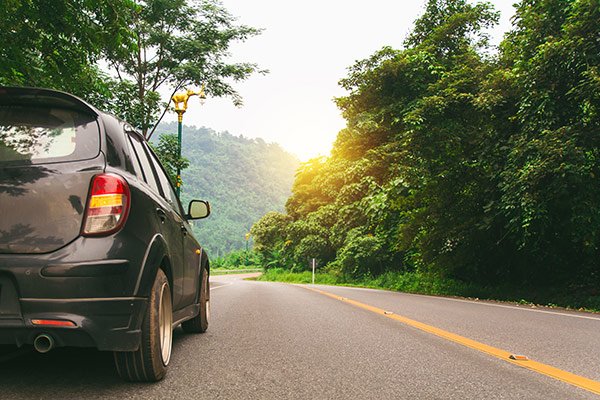
For those who love road trips, summer is ideal. The Ring Road, Golden Circle, and Snæfellsnes Peninsula offer endless photography opportunities.
Icelandic Weather and Photography Challenges
Iceland’s weather is unpredictable. Always dress in layers, carry waterproof gear, and check weather apps like Vedur.is before heading out.
Conclusion
No matter when you visit, Iceland offers incredible photography opportunities. Winter is perfect for the Northern Lights and ice caves, while summer provides golden light and wildlife photography. Plan according to your photography goals, and be ready for Iceland’s ever-changing weather.

